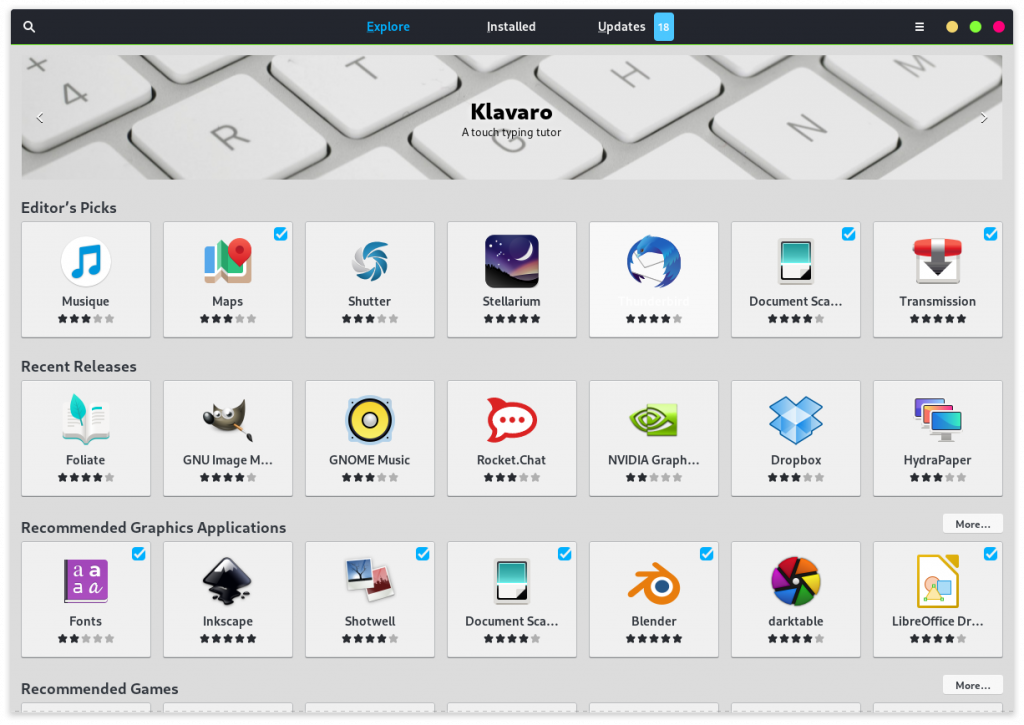
The short answer is yes, of course. Well maybe.
I love Linux. When I say that I love it, I don’t mean like a puppy dog love. It’s not a fling, or something that I’m into right now. It’s more like a steady, long term relationship, where I know that no matter what happens, I know that Linux will always be there for me. Serving up my files and taking care of the digital home. The thing is, I also understand the stigma that’s out there, about how it’s an operating system that’s only for the most elite geeks with the thickest neck-beards, or for scientist or whatnot. What I want to do is shatter that myth. I honestly think that Linux is a simple, approachable, and accessible option for a lot of people, IF one comes at it with an open mind and a little bit of patience. Plus, once you start to get a grip on how it all actually works, you’ll start to learn a lot more about how computers work in general.
Firstly, I want to take a second and tackle one of the biggest reasons that people are intimidated by Linux: the command line. Most people think that using Linux looks like a scene from Tron or that old movie Hackers. Well I’m not going to lie to you, knowing how to use the command line does help tremendously, but it’s not a necessity. When I first started using Linux, I didn’t even open a command line for months, and that was the years ago, when the user experience was arguably much worse. Since then, things have defiantly gotten better. Most task can now can easily done in the GUI (Graphical User Interface). Honestly, the whole purpose of computers is to just be a tool that help us do stuff, and that tool should be easy to use, so don’t feel any pressure to dive into the command line. There will be times where it will be necessary, but luckily there’s a ton of helpful resources online that will be there to assist you. Main point, don’t let the command line stuff scare you off. It’s there, but you are not obligated to use it.
Now that we got that out of the way, lets first look at a few reasons to even consider Linux as a candidate operating system. Well, first off, it’s totally free (as in $0). I don’t know about you, but I like free stuff! But I know what you’re probably thinking, something like “but you get what you pay for”, right? Well, honestly, that is sometimes the case with Linux as well. You see, Linux doesn’t just come in one flavor. There are a ton of different distributions out there – or distros for short. You see, the name of the game in the Linux world is choice. Instead of just having one Linux to rule them all, various groups of people have decided to tailor different variations of Linux for different kinds of users and needs. Some distros are geared for the casual user who just want to check their email and surf the web, some are geared to support office or government workers, and others better for the leet coders. Anyway, what I’m getting at is that not all distros are created equally. Some distro out there have a ton of community support and have withstood the test of time, while others still have a lot of growing to do. There is a plethora of really good distros out there that have reached a point of maturity and are rock solid options. A couple of good beginner options are Ubuntu, Pop!_OS and Elementary OS. All of these are very high quality and relatively simple to understand. You are also welcomed and encouraged to shop around on your own as well.
Once someone has a quality distro picked and installed, the next thing to do is to actually use their computer. This is where software comes in, but where do you get it from? Can the software that you need even run on Linux? Well, in most cases, your first stop on your software hunt should be in the software center on your distro. Software centers go by different names, depending on what distro you’re on, but they all work mostly the same. You can think of them as app stores.

In a lot of cases, these software centers will either have what you need, or will provide open-source alternatives instead. Just like distro, software centers aren’t all created equally, so this could be hit or miss. Also, you have to remember that most people in the world currently use Windows, which means that most software is made to run on Windows. That unfortunately means that some things that you are used to using just will not be available. Not a show stopper though, because the next step will be to look for alternatives. In most cases there will be multiple alternative options that will allow you to get the same job done. The easiest way to find these alternatives is honestly to just do a quick search online. These alt options aren’t always going to be up to the task at hand, but sometimes you’ll find that they do a better job then what you were using before. Oh, and a additional benefit that comes with most of these alternatives is that most of they are free ( $0 ) and open-source.
With all of this being said, I think that Linux is something that could work for most people. Its very usable, and offers a lot of benefits. I think that lots of people would feel right at home after using it for a bit. Trying it out is actually very simple as well. You can install it on almost anything, including and old pc, or you can run it in a virtual machine, or you can even run it from a usb. However you choose to try it, just remember that have fun with it!
